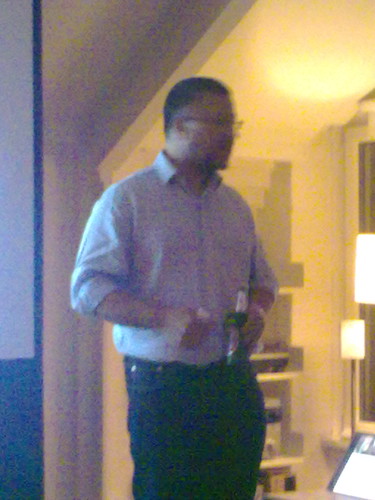Bijin tokei
bijin-tokei(美人時計)official website – bijin tokei is a relatively simple creative idea, really well executed. In bijin tokei pretty Japanese ladies were photographed holding a board with the time on it. This was then turned into a clock. It is a website and an iPhone app.
Consumer behaviour
Value Is the New Green – WSJ.com
BBC NEWS – From Our Own Correspondent | The mechanics of tipping US-style
Design
‘Focus Shifted from Gadgets to QOL,’ National Semi CEO Says — Tech-On! – new trend is consumer electronics designed to enhance quality of life (QOL)
Good design: The ten commandments of Dieter Rams
Economics
Barbie in the land of Chairman Mao | GlobalPost
Will China Buy The World? The Beijing Debate – Deal Journal
How to
Hive Five: Best Home Server Software – interesting this came out with purely OSS solutions
Japan
AppleInsider | Japanese “hate” for iPhone all a big mistake – Wired gets hit again on editorial integrity
The Japanese are iPhone haters… or are they? – Ars Technica – Wired article debate runs on and on, interesting issues on editorial fact checking raised
Media
Baseball’s New MLB.TV Player Launches, Looks Good – Silverlight swapped out as Flash provides better experience
TeliaSonera: European Carrier to Enter CDN Space — Seeking Alpha
The ten publishing principles for BBC online – great advice here
Lord Carter confirms his plans for a digital rights agency
Online
Video Viewing Strong on All Screens – eMarketer
Official Google Blog: Tipping points
Security
Who Hid the Hash Key? | Yellow Swordfish – forgot that this is difficult for switchers
Software
Amazon Launches Kindle App for the iPhone
I, Cringely » The Neokast Mystery
Style
YOHO.CN 年轻人的城市 – interesting Chinese style magazine, similar to Milk
Telecoms
Total Telecom – Hutchison Telecom up on HK, Macau spinoff plan
Web of no web
Slashdot | The Real Reason For Microsoft’s TomTom Lawsuit – all that experience in court on the receiving end of patent suits has taught MS a thing or two
Wireless
Digital Evangelist: Economist view on MWC09 – its all about the ARPU


